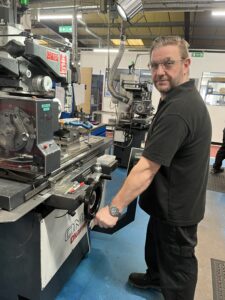Formula One has long been considered to be the pinnacle of motorsport, with so many automotive technological advances being the result of the constant push to be the best, from turbocharged engines to semi-automatic motorsport gears.
Because of this, even on some of the most basic levels, the leap forward from other racing disciplines to Formula One can be a step too far for some drivers, but nowhere in the long pantheon of motorsport has that been more true than the tragic story of Michael Andretti.
Despite his more recent struggles with F1 being as a potential team owner, in 1993, McLaren signed up the promising IndyCar driver and former CART World Series champion in 1991 to team up with Ayrton Senna, arguably Formula One’s greatest ever driver.
Problems arose almost immediately; however. Mr Andretti insisted on commuting from America for each race weekend much like his father and former F1 World Champion Mario had done. However, with the cars being so much more complex and with exceptionally tight restrictions on practice sessions, he had less of a chance to learn race tracks.
Alongside this, Ayrton Senna’s relationship with McLaren team principal Ron Dennis was falling apart due to their struggles in 1992 against the Williams FW14B, arguably the greatest and most dominant F1 car ever.
Mr Senna signed a race-by-race contract, with the idea of either sitting out or leaping to a competitive team, whilst Ron Dennis signed up for the slower second-tier Ford Cosworth engines again and signed Mika Hakkinen as a test and reserve driver.
This meant that Michael had to deal with a hungry rookie and the greatest racing driver ever with an axe to grind and a reputation for overperforming.
Michael’s qualifying performances were adequate and sometimes exceptional, particularly when he qualified just half a second behind Senna. Unfortunately, during the races, he would often crash in spectacular fashion moments into a race. After his third race, he had driven just four racing laps.
This led to a huge amount of pressure, and despite huge promises and plans to let him get used to the car, Michael Andretti did not even run a full season, finishing third in the Italian Grand Prix to showcase just a fraction of his potential.
He struggled to adapt to the exceptionally advanced gearboxes, the active suspension, traction control and hugely advanced technologies, all of which would be banned by the next year, making some wonder if Michael Andretti’s struggles were caused more by bad timing.

